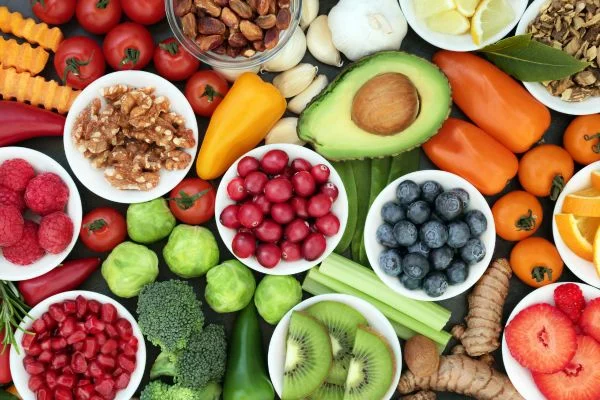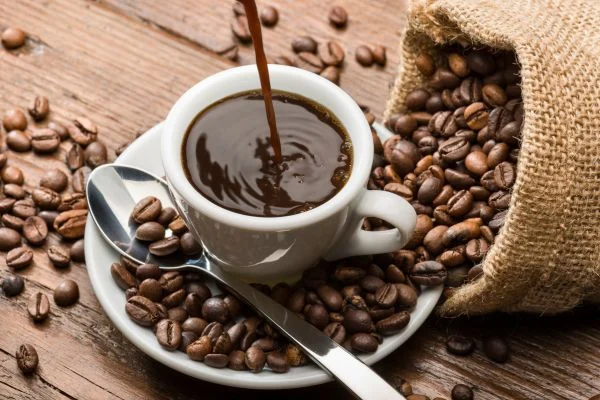All Stress Is the Same
Whatever form it takes—anxiety over elections, horror movies, road rage, or a messed-up latte—your body interprets all stress the same way. It reacts as though you’re being chased by a Tyrannosaurus-Rex.
What Happens in the Body?
- Cortisol, the stress hormone, is released
- Cortisol mobilises energy by breaking down muscle (amino acids) into fuel
- Muscle loss decreases metabolism and weakens the immune system
- Insulin function is suppressed, increasing blood sugar
- Thyroid function declines
- Leptin and ghrelin levels shift, increasing hunger and reducing satiety
- Serotonin (the “bliss hormone”) drops, increasing anxiety and reducing sleep
- The cycle continues: more stress → more cortisol → more cravings
Comfort Food: The Sweet Trap
Cortisol drives your body to crave simple carbs for quick energy. These include:
- High fructose corn syrup
- Refined sugar
- Processed grains
- Packaged junk foods (think: the middle of your grocery store)
Ever craved bonbons after a stressful day? You’re not alone.
Why It Feels Good (at First)
Hyper-palatable foods (sweet, fatty, salty, and starchy) hijack your dopamine system—your brain’s reward centre. This creates a sense of pleasure and relief… briefly.
But the result is addiction. And the cravings grow stronger.
Chasing the Dragon
Excess sugar leads to type II diabetes because insulin receptors become overworked and unresponsive. Similarly, dopamine receptors erode after repeated overstimulation.
This is known as “chasing the dragon” in addiction circles—requiring higher doses of a substance to feel the same high. It applies to junk food too.
Chasing the Bacon
Research shows that comfort foods trigger dopamine responses similar to cocaine and heroin.
- Obese individuals have fewer dopamine receptors
- They need larger portions for the same reward
- The cycle becomes: more cravings → more food → fewer receptors → more cravings
So it’s not just about willpower. It’s neurochemical dependency.
Crack Food
“Crack food” is not a joke. Animal studies have shown:
- Hyper-palatable foods are more addictive than cocaine
- Rats preferred sugar over cocaine or alcohol
- Food addiction rewires more brain pathways than drug addiction
- These foods impair executive function—your brain’s planning and decision-making centre
When denied these foods, lab rats showed:
- Twitching
- Aggression
- Withdrawal symptoms
Address the Stress
To stop the cycle, address the source: stress.
What Happens with Stress?
- Increases cortisol
- Decreases serotonin
- Increases appetite
- Decreases satiety
- Intensifies cravings
- Triggers dopamine addiction cycle
So What Can You Do?
First, recognise your cravings as stress responses. Then, take action:
Stress-reducing activities:
- Meditation or prayer
- Laughter
- Helping others
- “Me” time or family time
- Naps and quality sleep
- Deep breathing
- Physical activity you enjoy
Eat to Beat Stress
Certain foods naturally fight stress by increasing serotonin, especially Omega-3 rich foods:
- Cold-water fish (e.g. salmon, herring)
- Leafy greens
- Walnuts and flaxseeds
Instead of having a hissy fit, have a herring.
Instead of wallowing in self-pity, grab a walnut.
Reframe the Mindset
Much of our stress is self-induced:
- Negative thinking
- Excessive worry
- Vain pursuits
- Disconnection from gratitude or faith
Flip the Spiral
- Less sugar → clearer thinking
- Clearer thinking → better choices
- Less stress → more serotonin
- Less junk food → more energy
- More energy → more joy
In the end, if you’re going to be addicted, be addicted to the things that reduce stress, increase health, and promote life.





